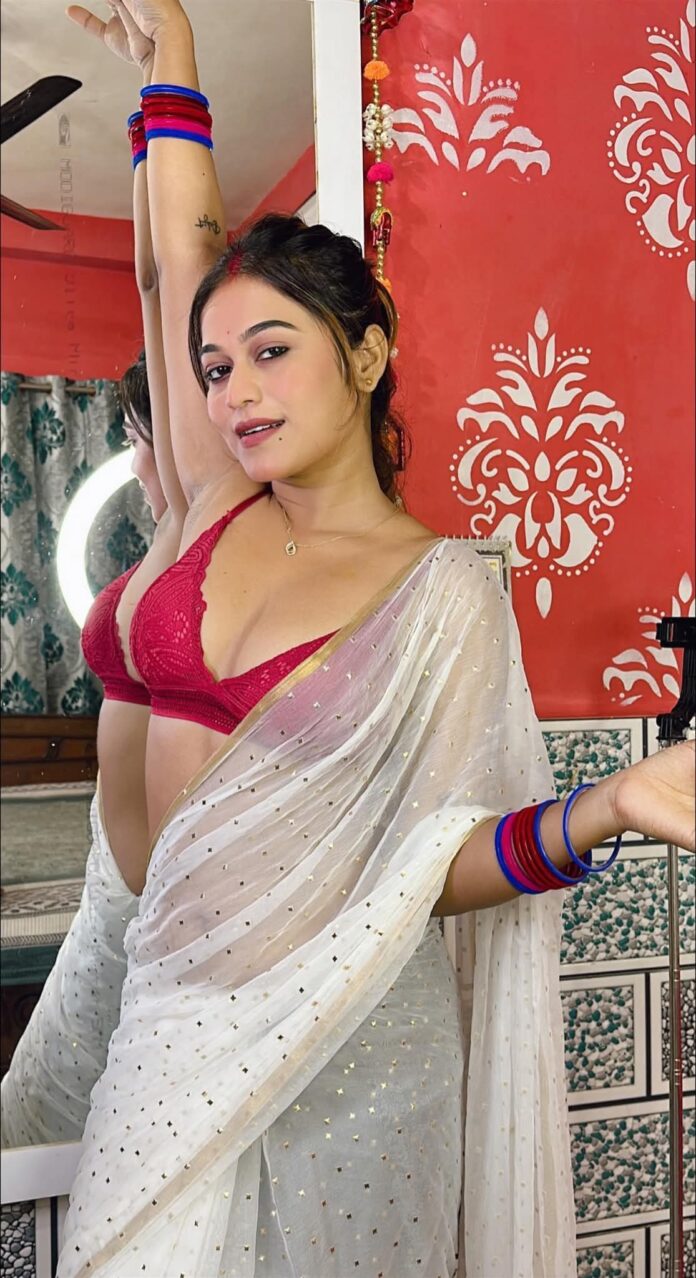The Art of Acting: Understanding Monica’s Craft
Acting is often considered a mysterious art. An actor appears on the screen or stage, transports the audience into another world, and makes them believe that a set of scripted lines are genuine emotions. One artist who has consistently demonstrated this craft with authenticity is Monica, a versatile Indian actress known for balancing grace, intensity, and naturalism in her performances.

This article explores how Monica acts, breaking her craft into different elements of body language, voice, emotion, and character immersion. Through detailed explanations and word-pictures that serve like “example photographs,” we will study how her art becomes exemplary for aspirants and admirers alike.
1. The Foundation of Monica’s Acting
Before diving into technique, one must understand Monica’s philosophy of performance. Unlike actors who rely heavily on external glamour, Monica has always emphasized human truth over spectacle. Her aim is not to “perform” but rather to “become” the role.
- She chooses roles that show women’s struggles, dignity, and resilience.
- She carefully studies the cultural background of each character.
- She avoids artificial exaggerations and prefers subtle realism.
This foundation makes her acting strikingly authentic: she invites us to see fragments of our own lives through her screen presence.
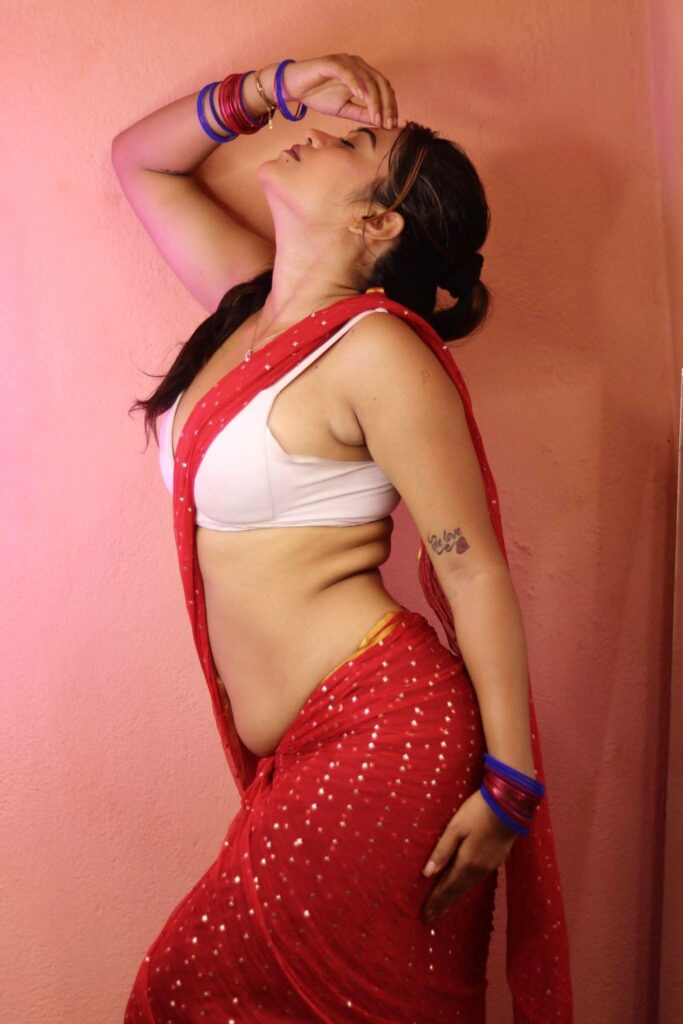
(Imagine Photograph 1: Monica sitting with a script, her brow furrowed in concentration, lips muttering lines silently, a pen in hand circling phrases—capturing the seriousness with which she prepares.)
2. Use of Body Language
An actor’s face and body are their canvas. Monica pays enormous attention to posture, gestures, and movement.
2.1 Stillness as Power
In tense scenes, she often uses stillness instead of fidgeting, showing control.
For example, imagine her standing silently in front of an authority figure, shoulders squared, chin slightly lifted, eyes steady. Without any words, the body tells the story of dignity and defiance.

(Imagine Photograph 2: Monica in a simple cotton saree, standing in the middle of a courtroom, her hands folded but eyes steady, creating an aura of strength.)
2.2 Fluid Gestures
When portraying affection or warmth, her hands move softly and slowly. In motherly roles, she strokes the child’s hair with fingers spread delicately, turning physical touch into emotional dialogue.
(Imagine Photograph 3: Monica seated on a mat, cradling a child’s face in her hands, her smile soft and protective—captured mid-gesture like a timeless painting.)

3. The Play of Expressions
If acting is a language, facial expressions are its alphabet. Monica’s strength lies in the precision of her expressions.
3.1 The Eyes as Windows
- Her eyes are often the first to speak. She modulates them consciously:
- Wide and bright when portraying innocence.
- Half-lidded, moist, and downward when showing grief.
- Fierce and direct when demanding justice.
- An audience feels what she feels because her eyes “carry” emotion before her words do.
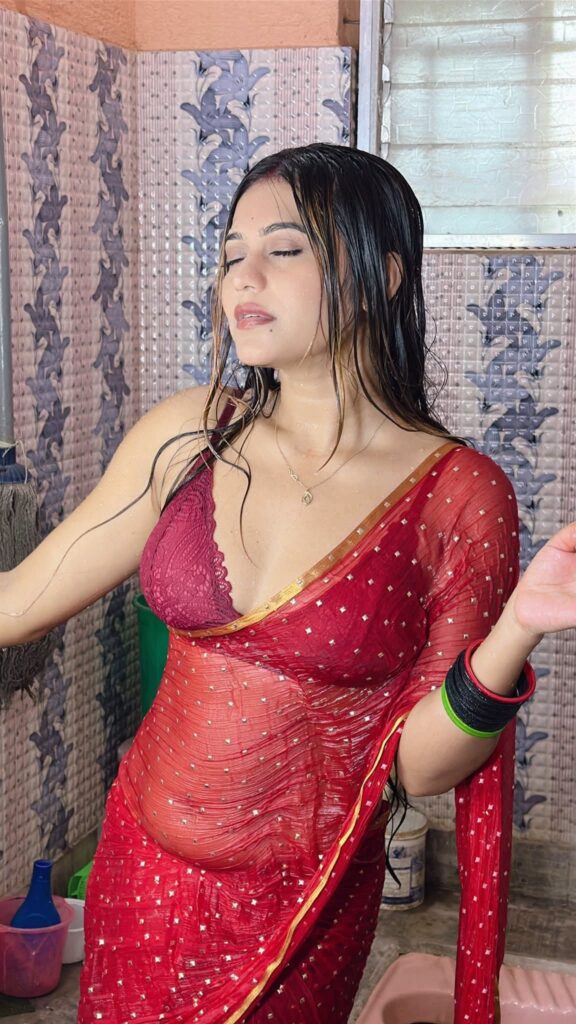
(Imagine Photograph 4: A close-up of Monica’s tear-filled eyes staring at the horizon, lips tightened to suppress a cry. The entire grief of the scene rests in that look.)
3.2 The Smile of Many Meanings
- She has mastered the art of giving different layers to a smile:
- A timid, hesitant smile betraying nervousness.
- A mischievous smile revealing playfulness.
- A resolute smile that conceals pain but shows strength.
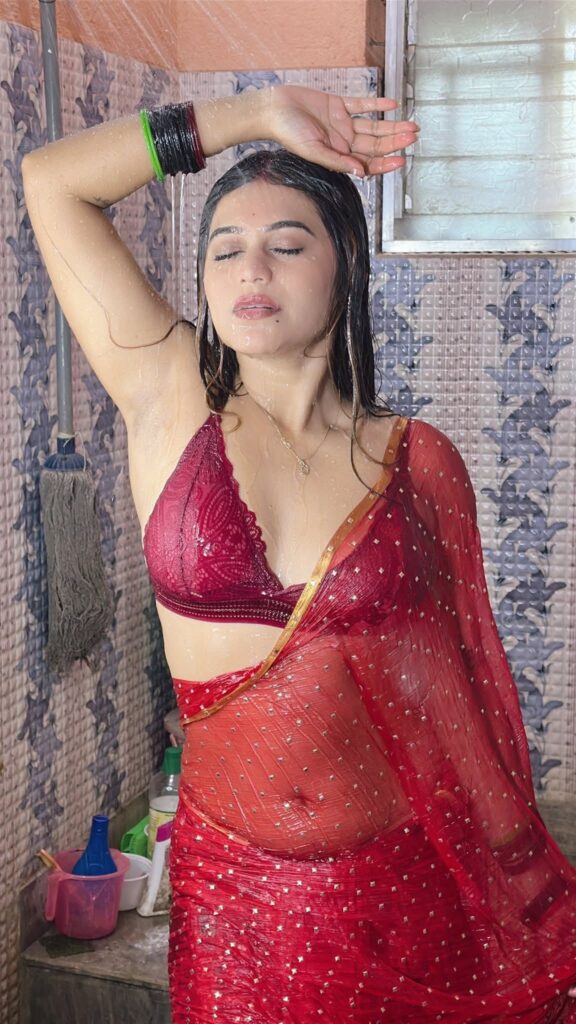
4. Voice and Dialogue Delivery
Voice is the subtle thread that binds performance. Monica adjusts pitch, tone, and speed according to the emotional need of each scene.
4.1 Controlled Silence
Sometimes she uses pauses and silence more effectively than continuous speech. By pausing just before delivering a critical line, she builds emotional suspense.
(Imagine Photograph 5: Monica seated at a dining table, lips parted as if words are on the verge of release, eyes trembling with withheld pain—the silence heavy in the air.)
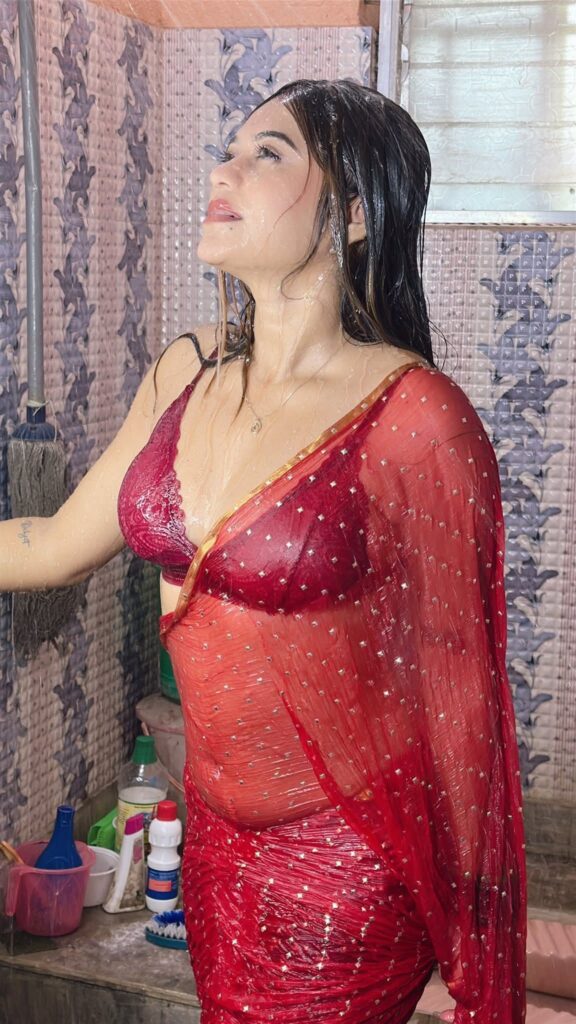
4.2 Natural Rhythm
Instead of dramatic, stage-like dialogue delivery, Monica embraces a natural rhythm of everyday conversation. This makes viewers feel that the lines are not memorized but genuinely arising from the situation.
5. Emotional Authenticity
The measure of an actor lies in how convincingly they convey emotions. Monica demonstrates emotional precision and restraint.
5.1 Portraying Sorrow
When enacting grief, Monica never falls into melodrama. Instead of loud wailing, she often shows restrained crying, with tears sliding quietly while the body remains still. This subtlety mirrors how people grieve in real life.

5.2 Expressing Joy
Her laughter feels unforced, echoing naturally. When she depicts happiness, it spreads throughout her body—eyes crinkling, shoulders lifting, hands clapping softly.
5.3 Evoking Anger & Resolve
Anger, for Monica, is not about shouting. It is about eyes tightening, lips pressed together, and each word dropping like a weight. The audience senses her boiling intensity even before her voice rises.
(Imagine Photograph 6: Monica’s face lit fiercely, hair slightly disheveled, one hand raised in protest—her anger captured in dignified silence.)
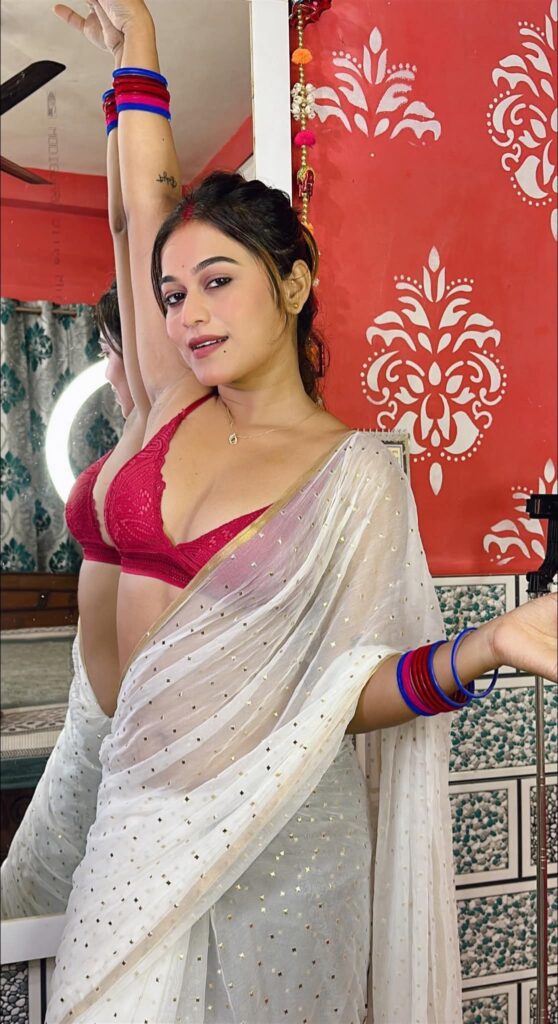
6. Monica’s Method: Becoming the Character
- An important part of her craft lies in immersion into roles.
- She studies the lifestyle of characters from different communities.
- She modifies physical details (like walking slower with age roles, or adjusting regional accents).
- She often tries to embody the inner thought world of the character rather than just external behaviour.
(Imagine Photograph 7: Monica in preparation for a rural woman’s role, sitting in a village courtyard, grinding grains alongside locals, her hands covered in flour while she observes their mannerisms carefully.)

7. Example Scenes That Demonstrate Her Technique
7.1 The Mother in Distress
A scene where Monica plays a mother searching for her lost child. Instead of rushing into melodrama, she collapses silently onto her knees on the dusty ground, her palms pressed against the earth, whispering the child’s name. The restraint makes the pain sharper.
7.2 The Woman Who Fights for Justice
In a courtroom drama, her silent resistance is louder than any speech. Standing in a plain sari, her eyes challenge the system. The audience rises with her dignity.

7.3 The Playful Friend
In lighter movies, Monica showcases a graceful sense of humor. Her expressions shift swiftly: a teasing wink, a sudden giggle, a sarcastic eyebrow raise—these tiny flourishes make her characters memorable.
8. Lessons for Aspiring Actors
Monica is not just an actress; she is a model for students of acting. What can a beginner learn from her?
- Less is More – Avoid exaggerated movements. Subtlety is more powerful.
- Let Eyes Speak First – Emotions should begin in the eyes before the voice.
- Merge with the Role – An actor must research and live the part.
- Respect Silence – Pauses are as expressive as spoken lines.
- Truthfulness Above All – Audiences connect with sincerity, not performance tricks.

9. Monica’s Place in Indian Cinema
Monica symbolizes a certain quiet dignity and strength in Indian cinema. While many actors chase glamour and commercial heroics, her artistry emphasizes that realistic, truthful, and sensitive portrayals last longer in the hearts of the audience.
Her work serves as an archive of lived emotions—women’s journeys in love, motherhood, suffering, and resilience—all narrated through her committed craft.
Conclusion
Monica’s acting is not built on grand spectacle or exaggerated drama. It is built on human truth, body language, and emotional authenticity. Whether it is her still posture, her tear-brimmed eyes, her restrained voice, or her simple smile, each gesture resonates because it comes from a place of honesty.

For audiences, watching Monica is like watching a mirror held up to life. For aspiring actors, studying her craft is like attending a masterclass on subtle performance.
(Final Imagine Photograph: Monica on set, standing in quiet reflection before a camera shoot, a faint smile on her lips—the embodiment of an artist surrendered to her craft.)
I will explain everything I left out here clearly in the next post. Until then, I bid you farewell, your Monica.


